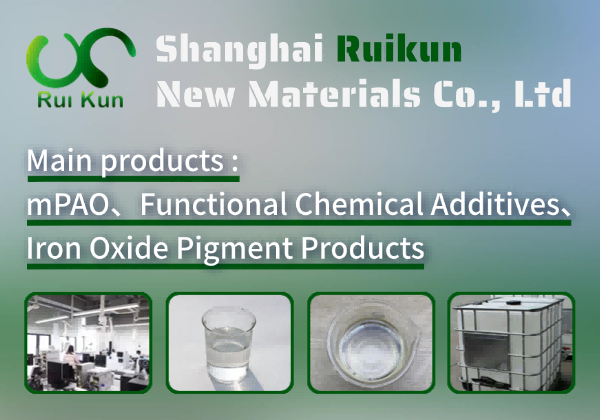What is carbon
**Introduction to Product Carbon** Product Carbon refers to the total greenhouse gas emissions associated with a product throughout its lifecycle—from raw material extraction and manufacturing to distribution, use, and disposal. Measuring and managing Product Carbon Footprint (PCF) is essential for businesses committed to sustainability, helping them reduce environmental impact, comply with regulations, and meet consumer demand for eco-friendly products. By analyzing emissions at each stage, companies can identify inefficiencies, optimize processes, and adopt cleaner technologies. Transparent carbon labeling also empowers consumers to make informed, climate-conscious choices. As global climate goals tighten, understanding and minimizing Product Carbon is a critical step toward a low-carbon future.
Preparation Process: To prepare elemental carbon, several methods can be employed: 1. **Combustion of Hydrocarbons**: Incomplete combustion of organic compounds (e.g., methane) yields carbon black. 2. **Pyrolysis**: Heating carbon-rich materials (e.g., wood, coal) in the absence of air produces charcoal or coke. 3. **Chemical Vapor Deposition (CVD)**: Decomposing hydrocarbons (e.g., methane) on a substrate forms graphene or carbon nanotubes. 4. **Graphitization**: Heating carbon precursors (e.g., petroleum coke) at high temperatures (~3000°C) yields graphite. 5. **Detonation Method**: Controlled explosions of carbon-containing compounds produce nanodiamonds. 6. **Arc Discharge**: Vaporizing graphite electrodes in an inert gas generates fullerenes. Each method yields distinct carbon allotropes with varying purity and structure.
Usage Scenarios: Carbon is a versatile element with numerous applications across industries. In its pure forms, diamond is used in cutting tools and jewelry, while graphite serves as a lubricant and in pencils. Carbon fibers reinforce materials in aerospace and automotive sectors due to their high strength-to-weight ratio. Activated carbon filters pollutants in water and air purification systems. Carbon black strengthens rubber in tires and acts as a pigment in inks and paints. In steelmaking, carbon enhances hardness and strength. Organic compounds containing carbon form the basis of fuels, plastics, pharmaceuticals, and biomolecules essential for life. Carbon nanotubes and graphene enable advanced electronics and nanotechnology applications.
carbon Basic Info
carbon Price
China: $10-$30
Russia: $15-$40
Germany: $25-$60
India: $5-$20
Japan: $30-$70
Brazil: $10-$25
South Korea: No results
Philippines: No results
United Kingdom: $20-$50
France: $30-$60
Mexico: $15-$35
Canada: $20-$50
South Africa: No results
Egypt: $10-$30
Turkey: $15-$40
Thailand: $10-$25
Indonesia: $5-$20


 沪ICP备2021018848号-5
沪ICP备2021018848号-5

